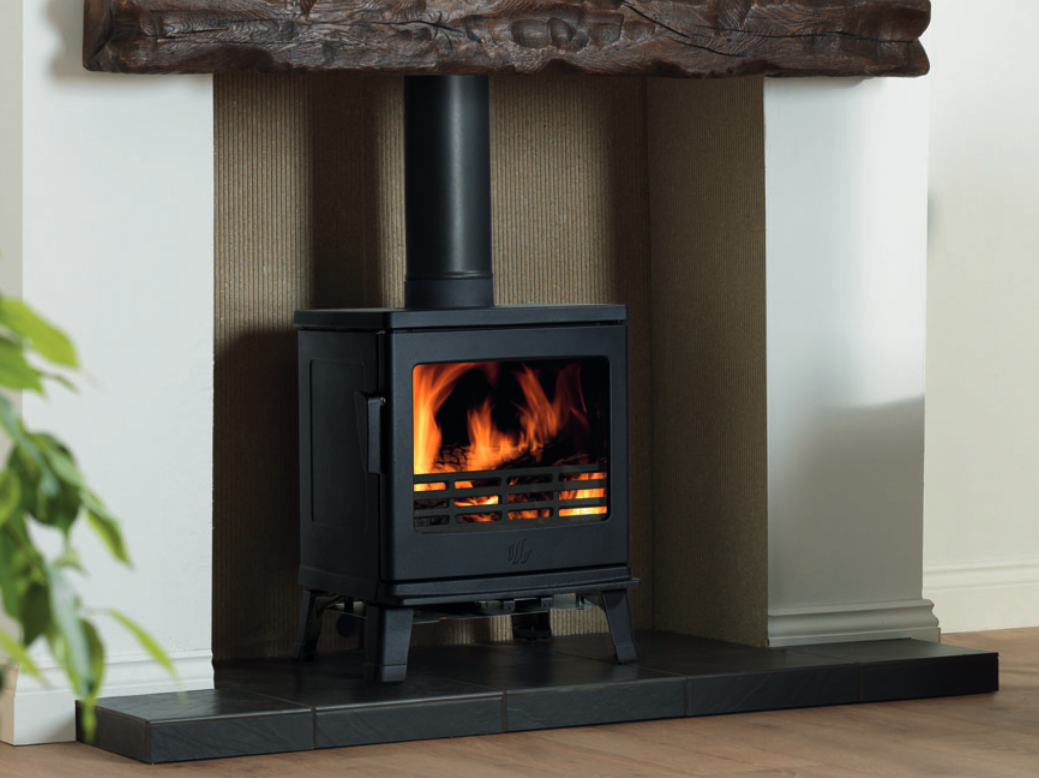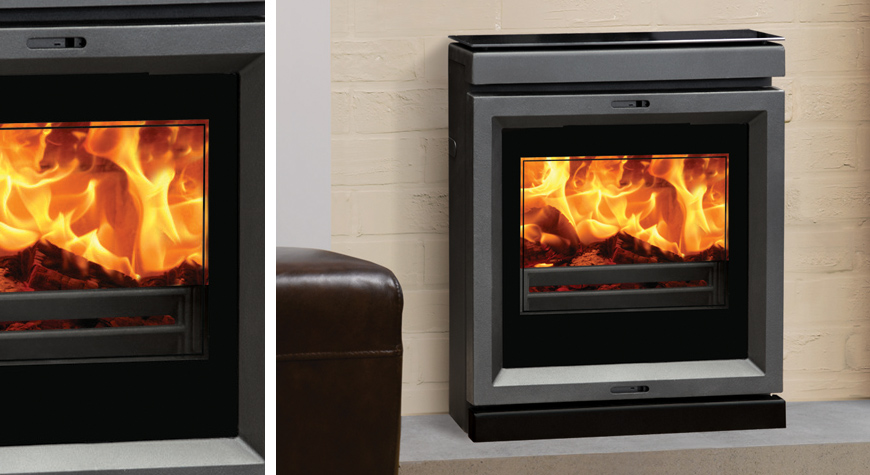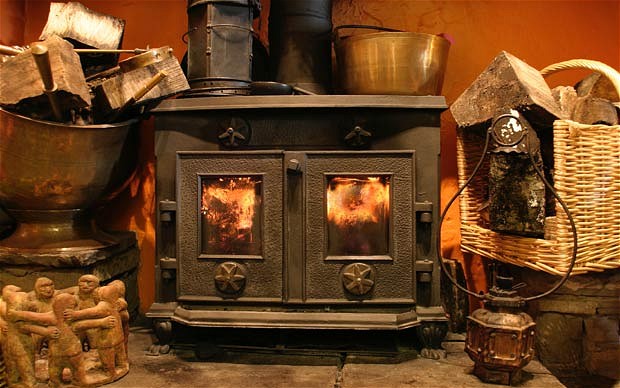When you begin your search for a wood-burning stove you will likely come across an array of traditional and contemporary machines. While the vast majority of traditional stoves tend to be made of cast iron the more contemporary stoves are often made of steel. This then prompts the question, which is the best metal for a wood-burning stove?
Cast iron has a strong history
Before we look at the pros and cons of the two materials it is worth looking back over the years when cast-iron was the go to metal when manufacturing a wood-burning stove. While we hear and see the figures about the heat created within a wood-burning stove, it is difficult to comprehend the stress and strain this places upon the body of the machine. The quality of steel available in years gone by was significantly deficient compared to cast-iron. As a consequence, it is only over the last 20 years or so that we have seen major improvements in the type and quality of steel available and there is now a real option for stove manufacturers.

Features of cast-iron and steel wood-burning stoves
In reality such is the quality of steel available today that there are no real downsides to either metal when looking at a stove. There are some issues to take into consideration which include:
Cast-iron wood-burning stoves
The first thing you notice about a cast-iron wood-burning stove is the look and feel of an old world machine. They tend to hark back to the early days of stoves and as such can give a very different look and feel when compared to steel. This works perfectly for more traditional designs but there is certainly room for manoeuvre between cast-iron and steel metal when looking towards contemporary stoves. As a side issue, as cast-iron stoves are made from molten panels it is far easier to incorporate ornate designs into the moulding process.
While there is no doubt there have been improvements in the quality and style of steel stoves, many believe that cast-iron stoves retain heat far better than their steel counterparts. As this is an integral part of the stove experience many people still prefer cast-iron bodies.
Steel wood-burning stoves
As we touched on above, while cast-iron is perfect for traditional design stoves many believe that steel is more akin to the contemporary designs we see today. It is far easier to manipulate sheets of steel into an array of different shapes and styles than it is with cast-iron. We often see contemporary stoves with extremely sleek lines, something which is difficult to achieve with a cast-iron material.

While there is evidence to show that cast-iron bodies retain heat better than their steel counterparts, on the flipside of the coin, as steel is much thinner it reacts much quicker to heat. Therefore, a steel body wood-burning stove will heat up quicker than a cast-iron counterpart although some believe that the slow to heat cast-iron body is the epitome of the overall wood-burning stove experience. It is also worth noting that because steel is far easier to manipulate the vast majority of steel bodied stoves are “sealed units”. These sealed units, with a top weld, are far more efficient when it comes to leaks and do not require additional insulation such as fire cement and rope.
Conclusion
In reality there is little difference in the quality and durability of cast-iron and steel bodied stoves. As we have touched on above, each material has specific features and while in general cast-iron is more appropriate for traditional design, and steel for contemporary designs, this is not set in stone. Even though the market share associated with steel bodied stoves has increased of late, there is still a core demand for cast-iron machines. It really is just down to personal preference.

